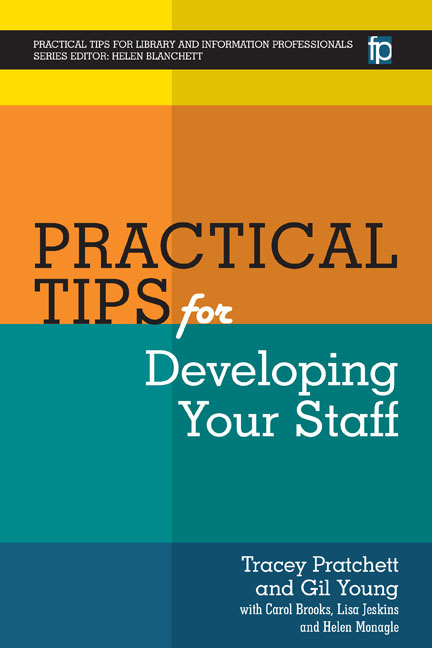Book contents
- Frontmatter
- Contents
- List of figures and tables
- Acknowledgements
- The authors
- List of abbreviations
- Series Editor's introduction
- Introduction
- Section 1 Theories
- Section 2 Infrastructure
- 11 Why develop staff?
- 12 Workforce planning
- 13 Job descriptions
- 14 Person specifications
- 15 Advertisements
- 16 Shortlisting
- 17 Interviews
- 18 Interviews – presentations and tests
- 19 Interviews – feedback
- 20 Inductions
- 21 Managing performance
- 22 Team development plans
- 23 Appraisals – preparing
- 24 Appraisals – conducting
- 25 Setting objectives
- 26 One-to-ones
- 27 Feedback – general
- 28 Team building
- 29 Team meetings
- 30 Sharing learning with the team
- 31 Writing references
- 32 Exit interviews
- 33 Effective handover
- Section 3 Activities and tools
- Index
16 - Shortlisting
from Section 2 - Infrastructure
Published online by Cambridge University Press: 09 June 2018
- Frontmatter
- Contents
- List of figures and tables
- Acknowledgements
- The authors
- List of abbreviations
- Series Editor's introduction
- Introduction
- Section 1 Theories
- Section 2 Infrastructure
- 11 Why develop staff?
- 12 Workforce planning
- 13 Job descriptions
- 14 Person specifications
- 15 Advertisements
- 16 Shortlisting
- 17 Interviews
- 18 Interviews – presentations and tests
- 19 Interviews – feedback
- 20 Inductions
- 21 Managing performance
- 22 Team development plans
- 23 Appraisals – preparing
- 24 Appraisals – conducting
- 25 Setting objectives
- 26 One-to-ones
- 27 Feedback – general
- 28 Team building
- 29 Team meetings
- 30 Sharing learning with the team
- 31 Writing references
- 32 Exit interviews
- 33 Effective handover
- Section 3 Activities and tools
- Index
Summary
SHORTLISTING MUST BE a systematic and transparent process which is generally, but not always, carried out by those who are going to interview. The most common way of shortlisting is to score the application, using a grid system, against the person specification. At the most basic level the scores are added up at the end and the people who score the highest are invited for interview. The simplest scoring system to use is:
• fully demonstrates that they meet the criterion = 2 points
• partially demonstrates that they meet the criterion = 1 point
• does not meet the criterion = 0 points.
It is generally recommended that criteria are divided up into essential and desirable and essential criteria should be scored first. Those scoring highest on essential criteria are then scored against desirable criteria and the ones with the highest overall scores are invited to interview.
You should ensure that shortlisting is completed by a minimum of two people. Each person must review the candidates’ applications alone before meeting the rest of the shortlisting team in order to avoid bias. The shortlisting team will then meet and compare their notes to decide which candidates they will invite for interview. If a decision cannot be made, ask an appropriate colleague or obtain advice from HR to assist with the process.
Shortlisting should take place as soon as possible after the closing date. It is important to inform candidates in plenty of time if they have an interview. Depending on the number of applicants it is not always practical to inform them all that they haven't been selected for interview but do so if you can and offer feedback. It is important to remember that at this stage an external candidate will still be forming their impression of what the organization will be like to work for. For internal candidates they need to know as soon as possible if their application is to be taken forward as this could have an impact on their future commitment to the organization.
- Type
- Chapter
- Information
- Practical Tips for Developing Your Staff , pp. 37 - 39Publisher: FacetPrint publication year: 2016

